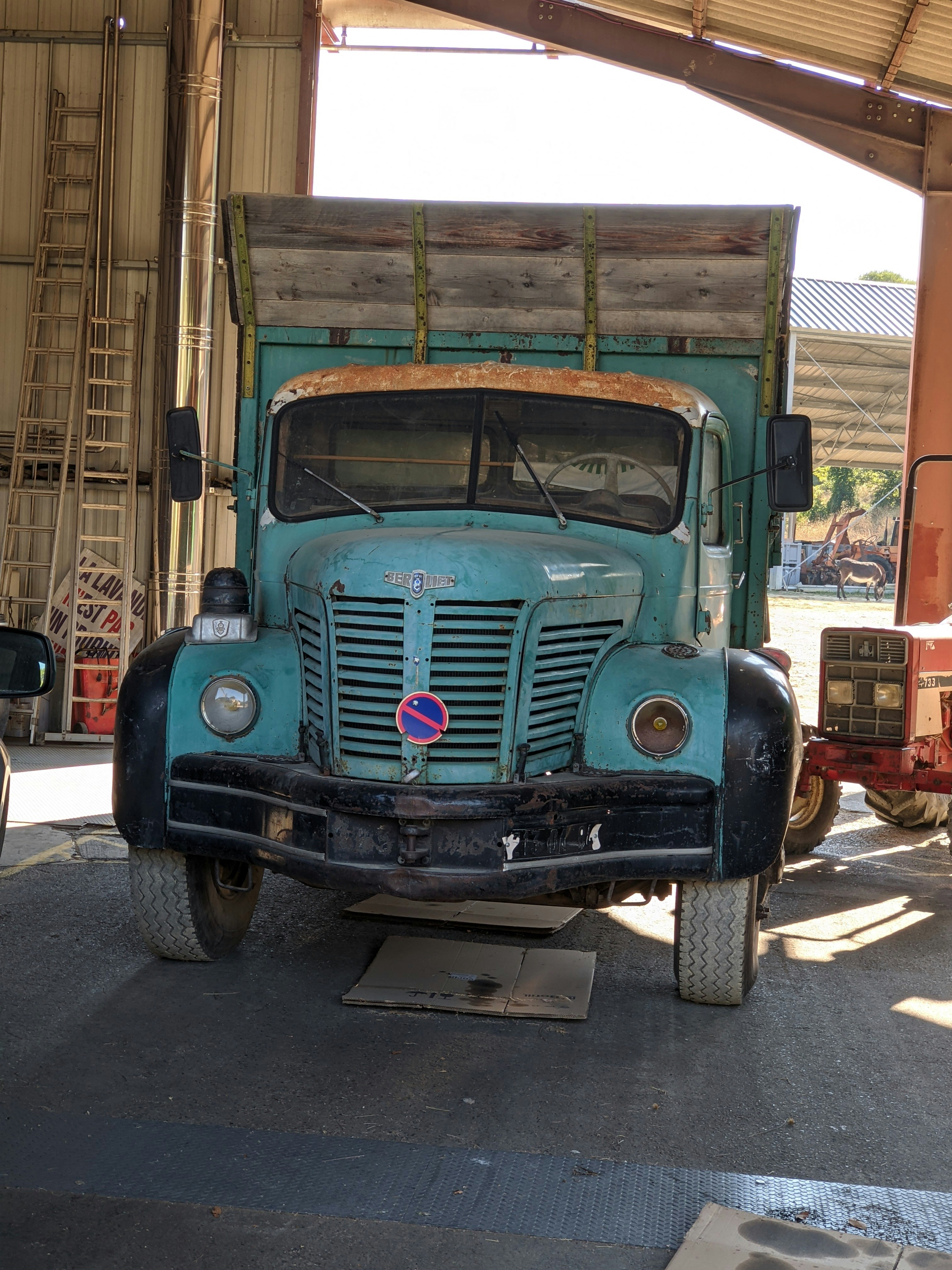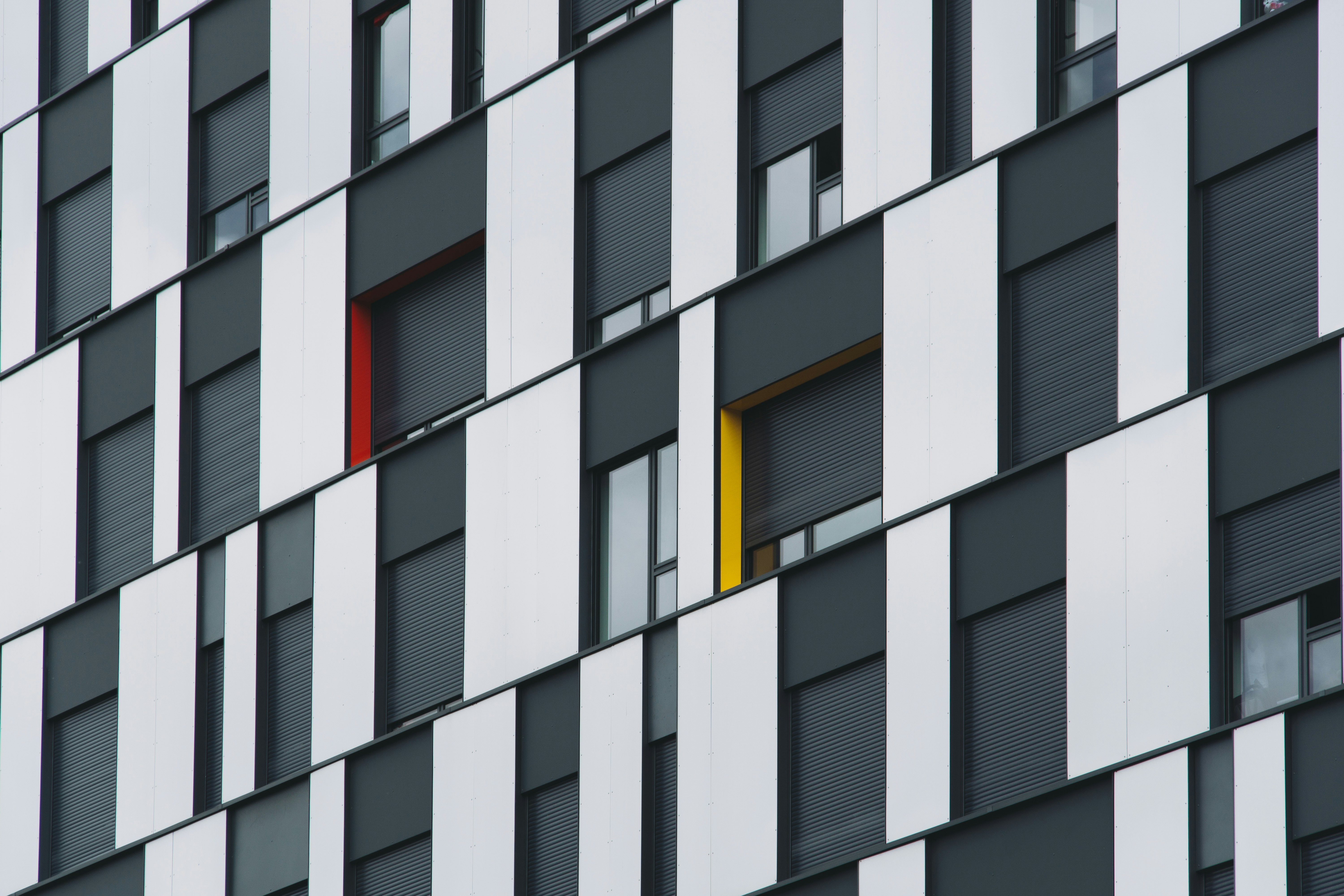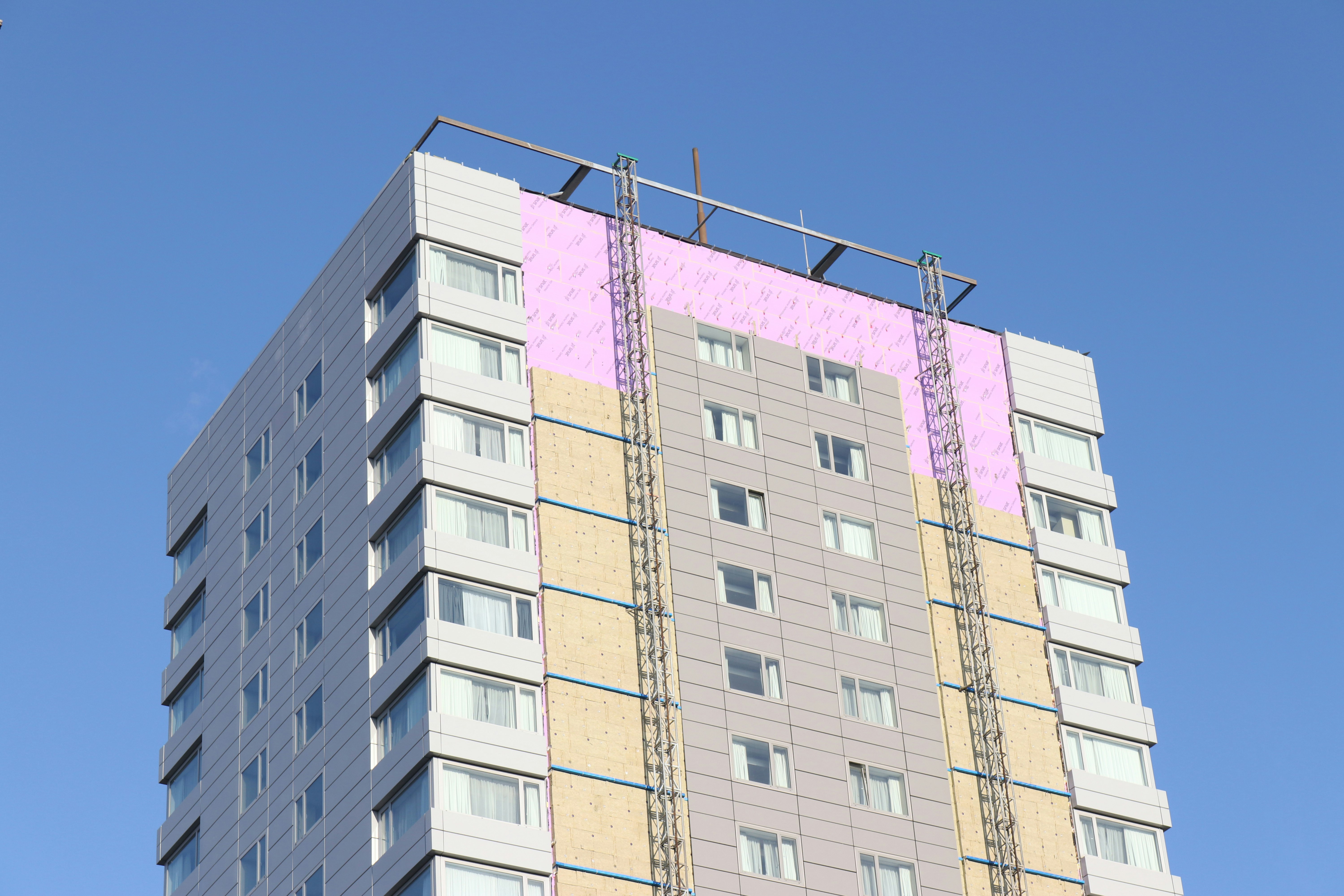As more segments of the construction industry realize the potential in drones, there will be greater demand for precise systems and analysis of data collected by drones. Construction jobsite use of drones ranges from pre-construction site surveillance to site inspection, safety and security.
Surveying the Site
One of the main uses of a drone is to perform building surveys, which can save time, money and minimize health and safety risks to personnel. Using software to compile 3D images, information can be processed with greater efficiency. A drone is far less expensive than a helicopter flyover of a job site, and yields far more relevant data. Personnel can operate drones remotely from safe areas, thus reducing risk for personal injury.
Site Inspection and Maintenance
Drones can execute on-site visual inspections before, during and after project completion, again saving time and money and reducing health and safety risk. Drones can be used to reduce risk to workers by avoiding high-risk work from heights, minimizing use of cranes, cherry pickers or scaffolding (and reducing crew hours). Drones also contribute to sustainability by reducing the environmental impact of mechanical equipment.
Security
Drones can provide an additional level of security for sites in high-risk areas, such as those susceptible to vandalism, terror threats, or natural disasters. Visual data collected from such sites can prevent or curtail the effects of security breaches at the site, potentially saving a business thousands of dollars or more.
Other Drone Uses
Drones can be used to 3D-map a building by taking multiple images and stitching them together using software. Drone-generated aerial perspective of a site provides more robust and consist images and data density. This is important when creating an initial BIM to show how the structure will look after construction. Thermal image recordings provided by drones can give engineers and surveyors crucial information for identifying and correcting structural defects.
Are There Drone Drawbacks?
There are emerging data protection and privacy concerns for both commercial (and recreational) drone use. These range from “line of sight rules” to flight certification and drone registration. Other emerging areas include how a drone affects the health and safety of those in areas where a drone is in use.
As US construction firm increase their use of drones, they will need to stay on top of another set of regulations: Federal Aviation Administration rules for who is qualified to fly a drone and operational limits on the use of a drone. This means a firm will have to hire a certified remote pilot or have one of their own personnel obtain the certification before they can employ the use of a drone.
There also are weight and flight requirements/ restrictions on the types of drones that can be used. Drone technology companies have developed tools for construction site applications that yield an array of new data, but there is a lack of efficient processing for that data. And, as any CM will admit, more data—even better data—isn’t a good thing if you don’t have an effective way to analyze and assimilate it.
For competitive companies that are willing to take off with drones on constructions job sites—perhaps by starting with small sites and running beta tests—there is great potential for tangible ROI.
Resources
- Association for Unmanned Vehicle Systems International
- DroneLife.com. “Drone Companies Flying High Across Construction Sector” (Jan 2017)
- ConstructionManagermagazine.com, “Construction is fastest adopter of drones use”
- Fortune, “The Construction Industry is in Love with Drones” (Sept 13, 2016)
- Drones Direct UK 2016 Survey
- BusinessInsider.com, “Recreational v Commercial Drone Regulations” (Jul 2017) (includes State Laws, where applicable and links to additional info)












